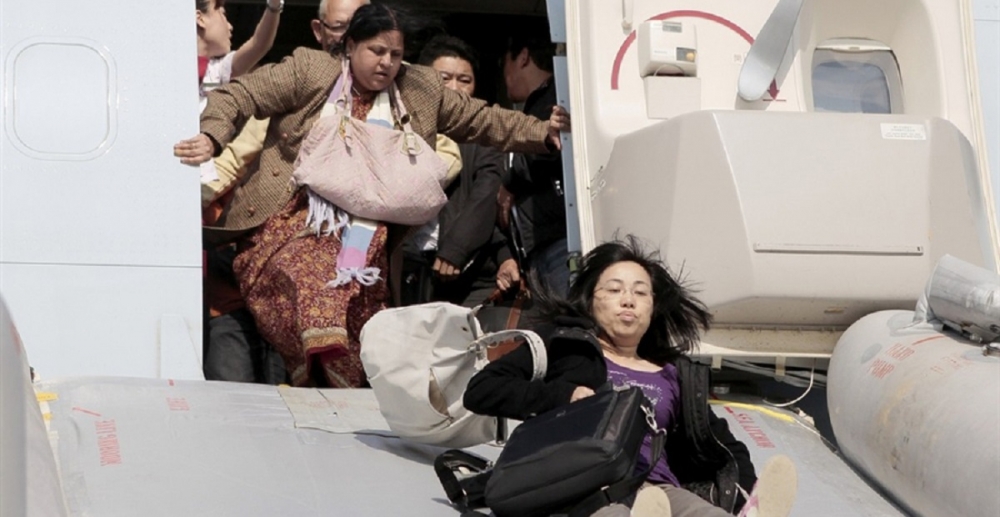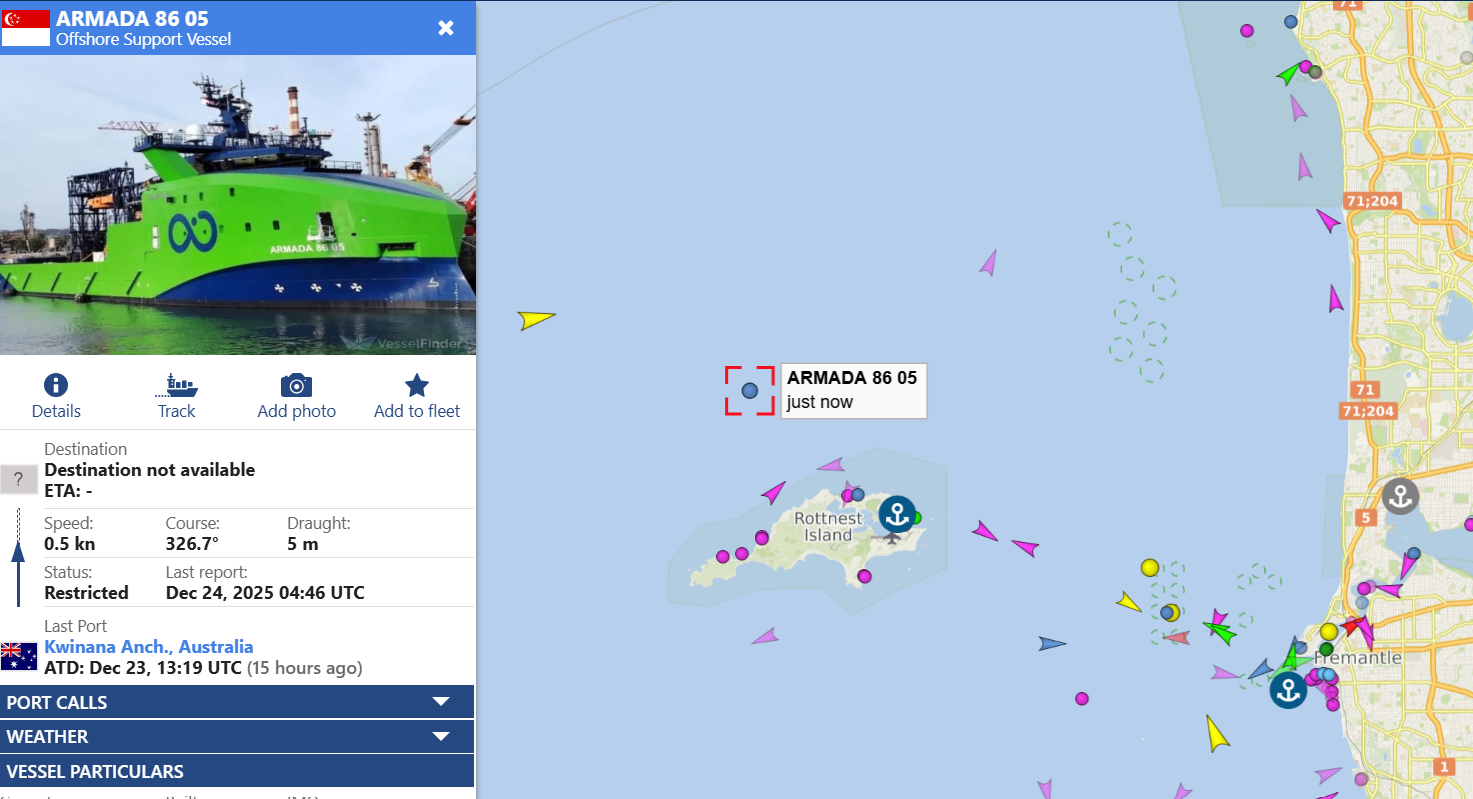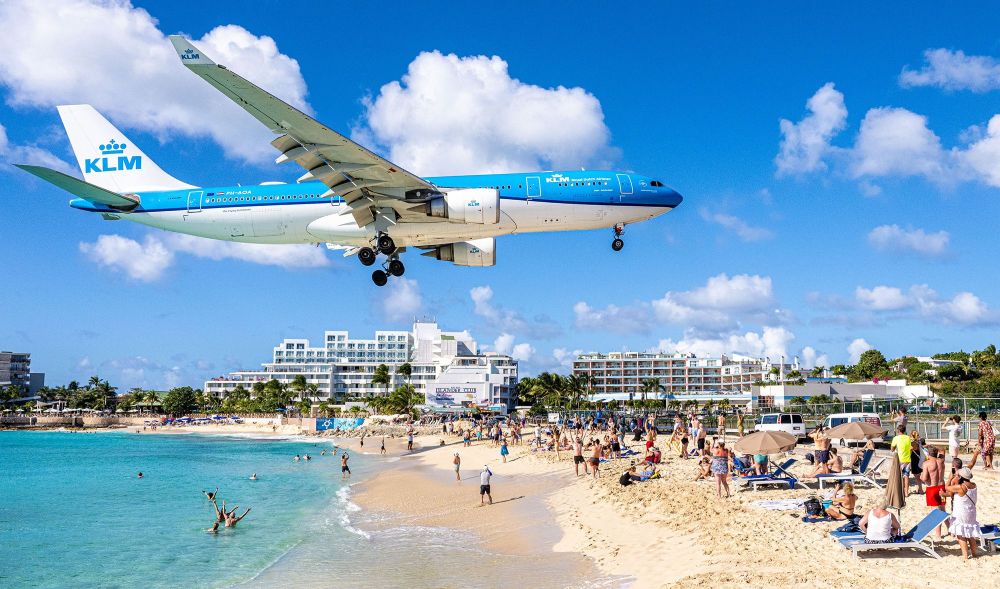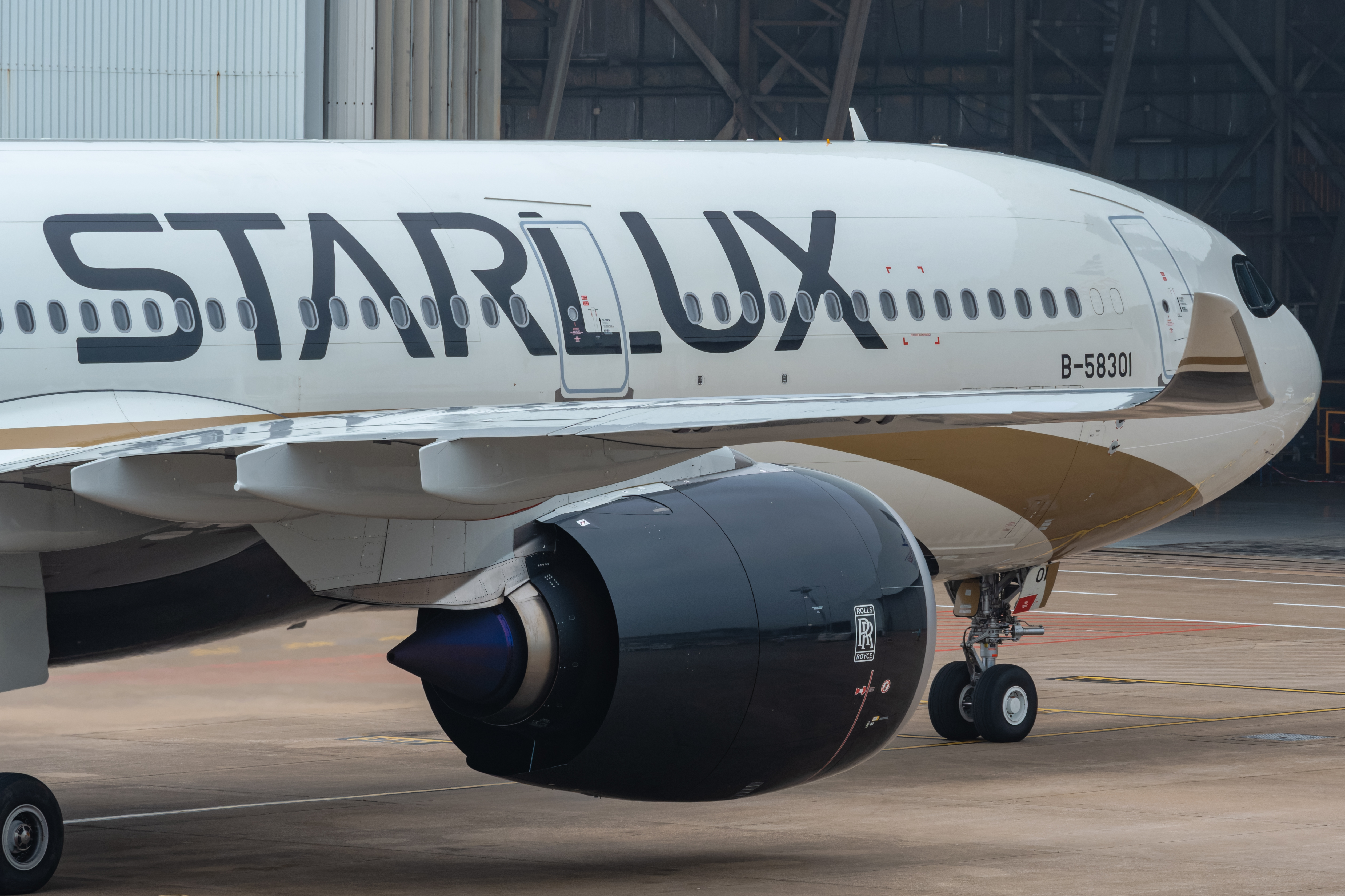
By Geoffrey Thomas
Published Tue Oct 27 2015
The British Civil Aviation Authority – one of the world’s most respected aviation safety regulators - has issued a blunt warning to British registered airlines to urgently review safety instructions to stop passengers taking their hand luggage off with them in an emergency evacuation.
The urgent and bluntly worded safety instruction (SN–2015/0060 was issued last week and noted that most operators do warn passengers in their safety briefing. But it says “some passengers appear not to assimilate, or not to heed such [safety] information and remain unaware of its significance to their, and their fellow passengers’, overall safety.”
The CAA instruction comes after the recent engine incident and resulting savage fire involving a British Airways Boeing 777-200ER operating Flight BA2276 from Las Vegas to Gatwick on September 8.
Scenes of passengers wandering away from the burning 777 carrying, dragging or wheeling their carry-on baggage flashed around the world to the alarm of aviation safety commentators and brought into sharp focus passengers who compromise not only their safety but that of fellow passengers by insisting on taking their carry-on baggage with them.
Watch how an evacuation should be done.
The CAA says that airlines “should review their procedures and the manner by which passengers are informed of pre-flight safety information. This should include the contents of briefings and safety cards in order to ensure that clear instructions to leave hand baggage behind in the event of an evacuation, and the potential consequences of not doing so, are included and embedded in passenger awareness.”
It adds that “consideration should also be given to the content and method of delivery, taking into account passenger behaviour and distraction during pre-flight safety briefings.”
The British Airways flight pushed back at 1600hrs and taxied to runway 7L for departure. The take-off commenced at 1612hr and within about 12 seconds the aborted the take-off due to an engine failure in number one engine due to failures and breaches of the high pressure compressor.
After coming to a stop on the runway, a fire developed on the left hand side of the aircraft between the no. 1 engine and the fuselage.
The crew radioed a mayday and initiated an evacuation of the aircraft. Fire services responded quickly and had the fire under control shortly afterwards.
The 777 sustained substantial damage and there were two minor injuries during the runway evacuation.
Passengers have died in previous accidents because they could not get of the aircraft fast enough because too many were not following very clear crew instructions to leave everything behind.
Evacuation standards of all passengers off in 90 seconds are based on only half the exits in use and travellers not taking their carry-on off with them.
It is sobering to consider that it quite often takes 40 minutes to board a plane because of passenger/ baggage congestion.
Not only does taking carry-on baggage slow the evacuation process dramatically there is real possibility that the bags with metal parts extruding will snag and then deflate the slides – rendering them useless.
In the frantic scramble to get often overstuffed bags out of bins, passengers will also be knocked out.
Then there is the very real prospect of the passengers jumping onto the slide with the bag and knocking themselves out or another passenger.
Duty free alcohol is even more lethal because if the bottle breaks there is flammable liquid everywhere not to mention broken glass.
And the passengers from British Airways flight BA2276 are not alone.
In a number of other recent incidents passengers have insisted on taking their carry-on baggage off.
- January 15, 2009. US Airways Flight 1549 ditches in the Hudson River in New York City. During the emergency evacuation a passenger takes his suit bag with him, As the A320 struggles to stay afloat you can see him out on the wing, the carry-on slung over his shoulder;
- July 6, 2013. Asiana Flight 214 lands short of the runway at San Francisco International Airport, semi-cartwheeling to a near-catastrophic stop. The Boeing 777 catches fire. Some of the passengers fleeing the Triple Seven rescue their carry-on luggage, trundling across the tarmac to safety;
- March 5, 2015. Delta Airlines DL1086 an MD-88 overuns at New
York - La Guardia Airport on landing in snow conditions. No serious injuries were reported among the 125 passengers and 5 crew members but passengers carried their baggage away from the plane.
While language may be a barrier in some cases in the British Airways incident at Las Vegas this would not have been the case.
Responding to the accident Australia’s aviation regulator the Civil Aviation Safety Authority (CASA) issued a warning to the industry on the problem.
It said on its Flight Safety website;
In a concerning trend, airline passengers are continuing to value their luggage over their own personal safety and that of their fellow travellers.
In the wake of British Airways Flight 2276’s catastrophic engine failure in Las Vegas, footage has emerged of passengers walking away from the smouldering aircraft, post-emergency evacuation—some dragging luggage behind them.
Footage of another emergency evacuation early in the year, also in the United States, highlighted the ignorant complacency of the general public. Despite blaring warnings to ‘Leave your belongings, evacuate left side!’ passengers can still be seen clutching for jackets and handbags with some even opening overhead lockers to salvage their carry-on luggage.
Aviation regulations around the world require aircraft passengers to obey the commands of crew in an emergency, and not to recklessly endanger an aircraft. Dragging your roll-aboard behind you in an evacuation breaks both these rules.
As detailed in Flight Safety Australia’s 100 Foundations of Aviation Safety, in the extremely rare event of a crash, evacuating passengers safely is a critical logistical challenge.
This was highlighted in a 1991 collision between a Boeing 737 and a Metroliner on the runway of Los Angeles International Airport. Not one passenger on the 737 died as a result of the collision. However, 20 passengers still perished from smoke inhalation and burns, with half dying in a queue as they waited to use the right over-wing exit.
The International Civil Aviation Organization (ICAO) requires the evacuation of passenger aircraft to be completed in less than 90 seconds, using only half the exits, to ensure loss of life similar to the Los Angeles accident does not happen again. New aircraft are rigorously tested to ensure that the 90-second standard is maintained.
Before its certification the Airbus A380 underwent trial evacuations to ensure that all the 873 people on board were able to leave the aircraft and reach the ground in that time.
Taking your luggage with you in the event of an emergency evacuation “is really not a great idea,” says airline safety consultant and former U.S. National Transportation Safety Board member John Goglia. “No life is worth a suitcase.”
What prompts some passengers to put luggage before life and limb? “Sometimes passengers think because they have a second and are all bunched up they can garb their goods,” says the former NTSB official.
Problem is aircraft aisles are narrow and evacuation paths are beset with what Goglia calls “monuments,” “closets, bulkheads, galleys and cabin separators.” He says a carry-on could easily impede and effective evac. “You could drop it, blocking passengers behind you who are making their egress from the airplane.”
“Baggage carried to the door of an aircraft will impede or delay evacuations and cause pile-ups at the bottom of the evacuation slide,” adds Perry Flint, head of corporate communications for The Americas at the International Air Transport Association.
Such edgy evacuations aren’t isolated. “I can tell you from speaking with flight attendants that virtually every time they have had an emergency [evacuation]…they have always had troubles with people trying to take their stuff with them,” says Peter Goelz, vice president of Boston-based O’Neill and Associates, a major consulting firm. Mr Goelz is also former managing director of the NTSB.
“It’s dangerous for a couple of reasons,” he says. “God forbid, you drop your carry-on and you trip” during an evacuation. ‘Those aisles are not wide. That could contribute significantly to the danger of getting out of the aircraft.” And if circumstances dictate you abandon the airplane via an over wing exit, “there’s virtually no way somebody could get a suitcase out.” Even though the idea flies in the face of reason, “people try that all the time,” says Mr Goelz.
Although many airlines tell passengers in their pre-flight safety briefings not to bring along anything in the event of an emergency evacuation, regulation mandating specific language to that effect is, at best, spotty. U.S. Federal Aviation Administration regs “do not contain that,” says an FAA spokeswoman.
Former NTSB official Goelz says, “There is no specific language” that’s mandated during the pre-flight safety brief. “The FARs (Federal Aviation Regulations) state simply that passengers have to be briefed on how to exit the airplane in an emergency.” It’s up to the individual airline to fill in the blanks.
Nor does the International Civil Aviation Organization have such a standard requiring that pre-flight safety briefings contain specific language that carry-on items be left behind in an emergency evacuation—even though it’s recommended. ICAO’s Cabin Crew Safety Training Manual, however, does specify in the event of an “anticipated” emergency landing that crew brief passengers to leave carry-on behind.
Going a step further, ICAO guidelines recommend that cabin crew be trained to prevent passengers from taking carry-on along when they evacuate via emergency slides.
“Going down the slide,” says John Goglia, “you could rip it open, depending on what you have” with—or on—you. “High-heel [shoes] are a danger to your ankle, and to puncturing the slide.”
Goglia says the airlines he most frequents—American, Delta and United —“routinely” specify in their pre-flight safety briefs that bags and personal items should be left behind. A British Airways spokeswoman says, “In the unlikely event of an emergency evacuation, customers are advised to exit the aircraft as quickly as possible, taking nothing (author’s emphasis) with them.”
What happens when the crew says, “Leave it,” and passengers don’t do as they’re told? “Passengers are required to comply,” says an FAA spokeswoman. “That said, we have never fined anybody for taking a carry-on bag out [during an emergency evacuation].”
Nor does ICAO know of any member “State” (nation) “where this is addressed through specific penalties.”
“I’m sure that the FAA could fine a passenger,” contends Goglia. “Because in many places in the rules they have a catch-all phrase that says, “If you don’t do what we say…”
“Technically, there are penalties for passengers failing to comply with crewmember instructions,” says a spokeswoman for the Association of Flight Attendants.
No matter how loud and clear flight attendants try to get the lesson across to just leave it the real problem is that many people just don’t listen in time-sensitive, pressure-packed situations. That’s why reinforcement of the message before the flight is important. When the crisis is at hand and adrenaline courses “People don’t think it through,” says Mr Goelz. “In those high-stress situations their priorities can get skewed.”
Skewed, perhaps, in favour of stuff. Sure, you may have your life’s work on that laptop stowed in the overhead compartment. But what price might you pay in life and limb (yours’ and others) to try to retrieve it when all hell’s breaking loose around you? That’s the question.
The problem is trying to stop someone taking their bags off could delay the evacuation even further and be counterproductive.
It is a real dilemma says Steven Reed, National Industrial Officer with the Flight Attendants Association of Australia.
“There is a very real potential for a catastrophe, said Mr Reed.
“We need far greater education of passengers through the safety announcements but the problem is passengers don’t listen to that either.”
Mr Reed notes that airlines are largely not enforcing carry on restrictions for size or weight for competitive reasons.
The combination of passengers not listening, larger and heavier bags and more aggression and defiance from air travellers is a perfect storm suggest Mr Reed.
With a general complacency from passengers about safety the industry has a very dangerous cocktail and it is time for regulators to act.
More needs to be done and perhaps automatic or flight attendant activated locking of overhead bins could be a good start.
Mr Reed has the last word and suggests that perhaps we might follow the lead of military charter flights were there is no cabin baggage as it is all checked.
Have questions or want to share your thoughts?
Get In Touch





